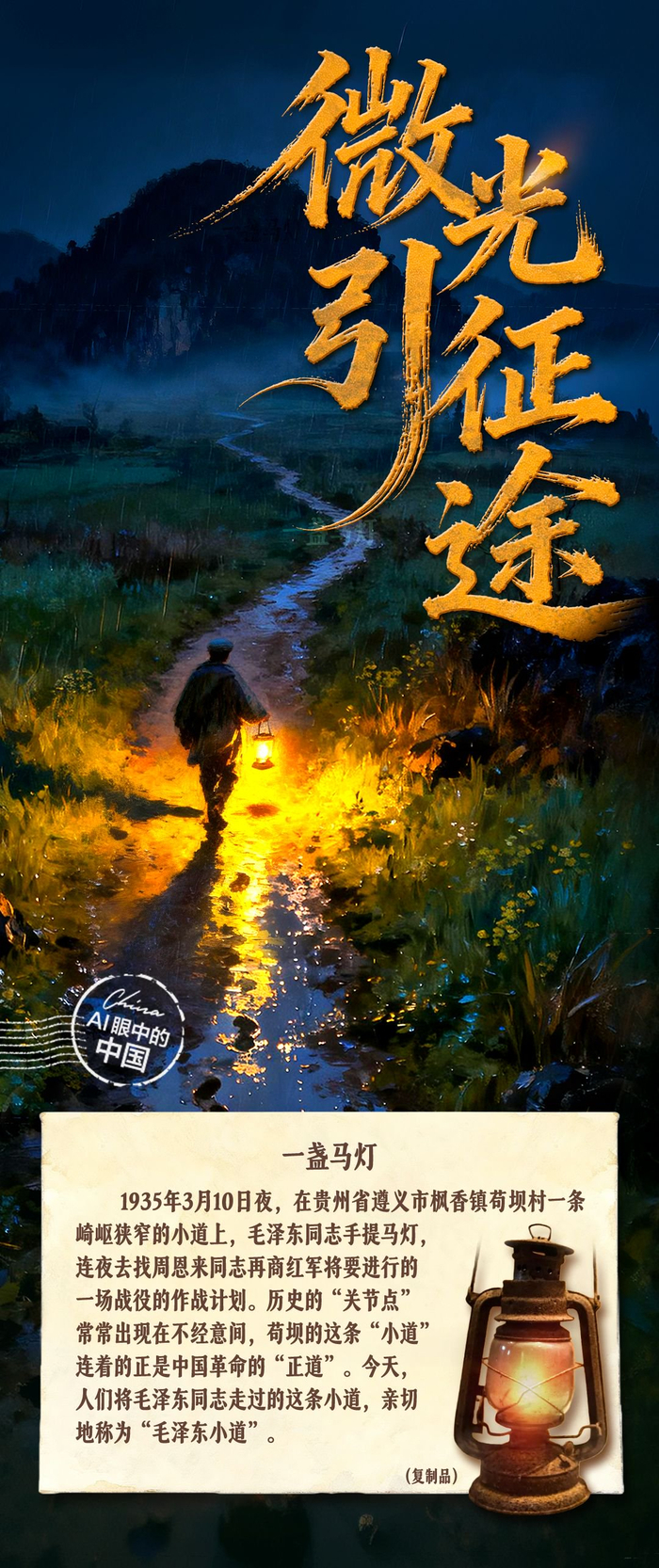A leather belt cut in half, a lantern, a carrying pole… These seemingly ordinary old objects contain the faith that “revolutionary ideals are higher than heaven” and the deep affection between the army and civilians. Let’s look through this series of posters, listen to the silent stories of these old objects, and draw from that enduring spiritual strength.
leather belt cut in half
This is not a physical place or cultural site, but a symbolic reference to the “Parting of the Belt” ceremony. This was a historical event in 1805 where the Shawnee leader Tecumseh presented a long belt to William Henry Harrison, then cut it in half to symbolize the permanent separation between Native American lands and American settlers. The act was a powerful diplomatic statement against further U.S. expansion onto indigenous territory.
lantern
Lanterns are portable light sources with a rich history dating back to ancient China, where they were originally simple containers for a candle or oil lamp. They evolved into elaborate decorative and symbolic objects, most famously showcased in events like the Chinese Lantern Festival, which began over 2,000 years ago during the Han Dynasty. Today, lanterns remain important in many cultures for both practical illumination and ceremonial celebrations.
carrying pole
A carrying pole is a simple tool used across many cultures, particularly in East Asia, consisting of a bamboo or wood pole carried across the shoulders to transport heavy loads suspended from either end. Its history spans centuries, serving as a vital instrument for farmers, vendors, and laborers in daily commerce and transport before the widespread use of vehicles. This humble tool remains an iconic symbol of traditional street life and manual labor in many regions.



